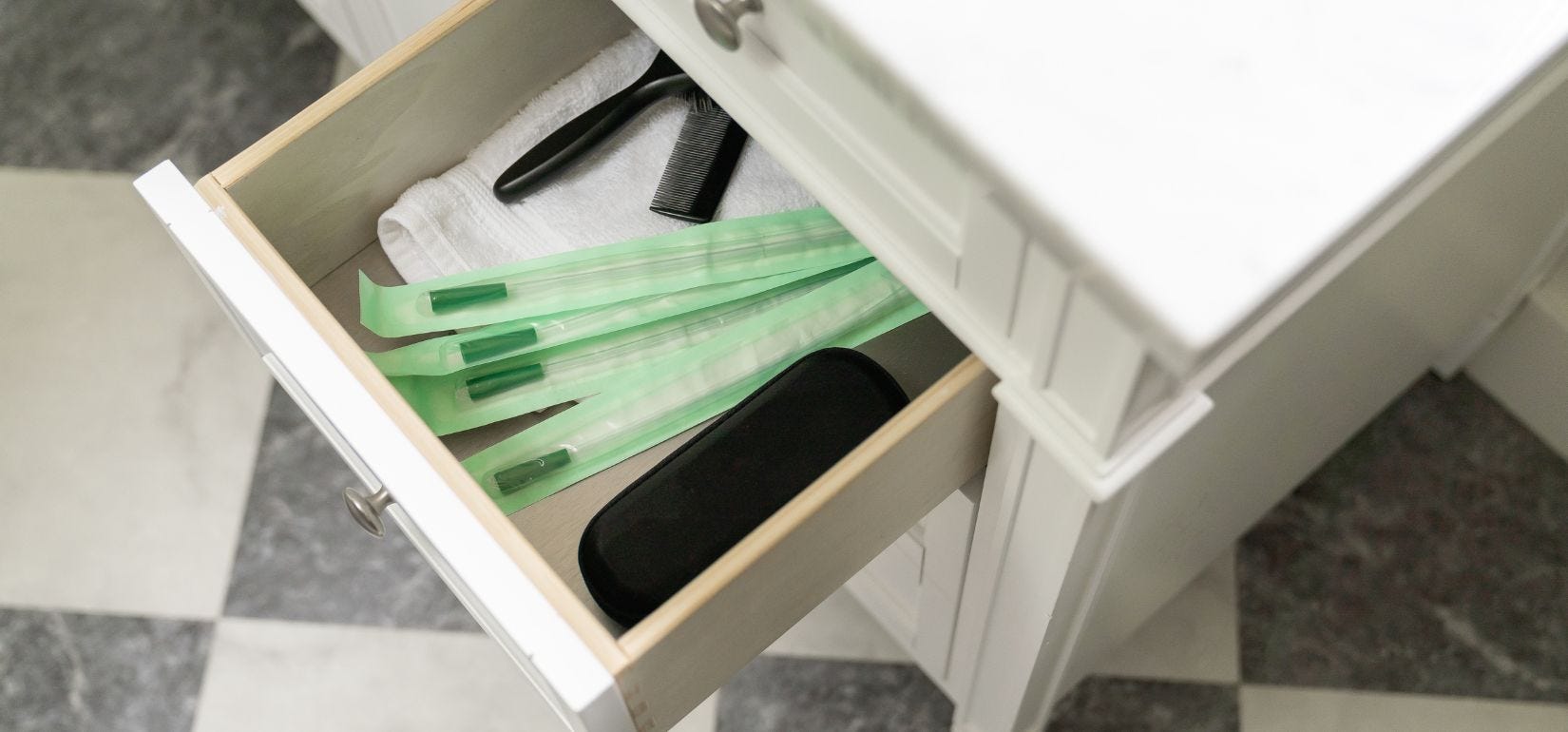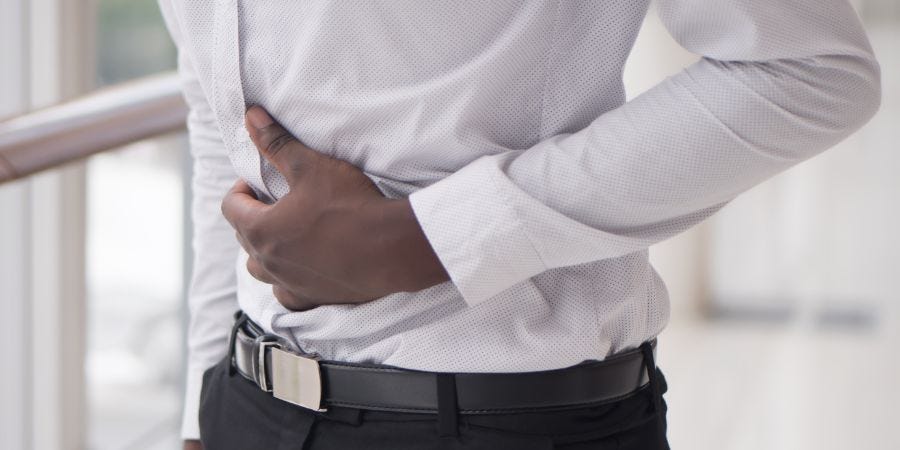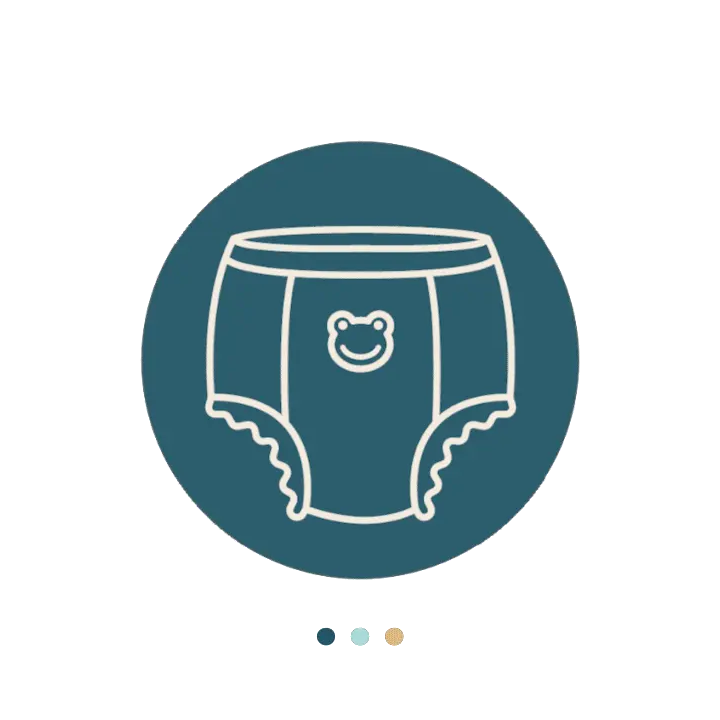Newborns with Spina bifida are very commonly diagnosed with neurogenic bladder, a condition that affects the function of the urinary system.
This condition can disrupt your child’s life by causing urinary leakage, overflow incontinence, and nocturia, but there are ways to manage these symptoms.
This post will explain how Spina bifida causes incontinence and how to manage symptoms, so your child can be confident and happy.
How Spina Bifida Affects Urinary Incontinence
Spina bifida is a neural tube defect that can affect any part of the spine. This occurs when your backbone doesn’t form as it typically would, leaving the spinal cord and nerves unprotected.
Check Your Eligibility
2 Easy Steps
From catheters to pediatric and adult incontinence supplies, discover the continence care essentials covered by your insurance.
The causes of Spina bifida aren’t currently known, but it usually occurs in the first few weeks of pregnancy. Spina bifida's severity is determined by how large the opening in the spine is and how many nerves the opening leaves unprotected; The most severe type of Spina bifida is called Myelomeningocele.
Children with Spina bifida usually have neurogenic bladder dysfunction due to the nerves that control the bladder being damaged or not forming correctly. Neurogenic bladder causes urinary incontinence or the loss of bladder control.
If your child has urinary incontinence, they may have problems with urinary sphincter and bladder function, such as the inability to hold their urine or problems with bladder emptying. They also may not be able to tell when their bladder is full. This can sometimes lead to urinary tract infections (UTIs) or other urinary infections. Some children with Spina bifida may also experience fecal incontinence and constipation.
The types of urinary incontinence your child may experience include:
Urge incontinence: Feeling frequent and sudden urges to urinate.
Overflow incontinence: Being unable to void the bladder completely, leading to leakage.
Urinary retention: Being unable to empty the bladder fully.
Nocturia: Leaking urine in the night.
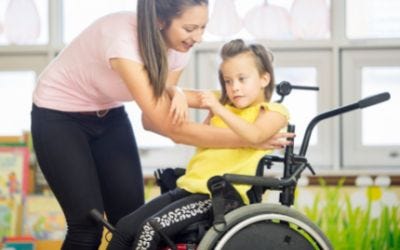

Tips for Managing Symptoms
If your child or adolescent has neurogenic bladder alongside Spina bifida, managing their symptoms might not seem simple initially, but there are many treatment options to make managing urinary incontinence easy. Use these tips so your child can regain their quality of life.
1. Use Pediatric Catheters or Incontinence Products
Using these products is one of the best ways to manage incontinence symptoms, such as urine leakage or bladder retention.
Using catheters for clean intermittent catheterization can help empty your child's bladder and protect their kidneys. Catheters can also prevent infections, such as urinary tract infections (UTIs) and vesicoureteral reflux.
Incontinence products, such as diapers and pull-ups, can help control accidents and keep your child dry throughout the day.
You may be eligible to receive products for your child for free through your insurance and Aeroflow Urology. We supply diapers, bladder pads, pull-ups, and pediatric catheter supplies to those who qualify, so fill out our Eligibility Form today to see if your child qualifies. If so, we’ll send their products for free in unmarked boxes every month!
2. Visit Your Child's Healthcare Provider
Trips to your children’s hospital healthcare provider or a pediatric urology clinic will ensure your child’s urinary system is healthy.
In addition, you should make follow-up visits at least once a year so your pediatrician can perform urodynamic testing, kidney and bladder ultrasounds, and renal function tests.
3. Establish Routines
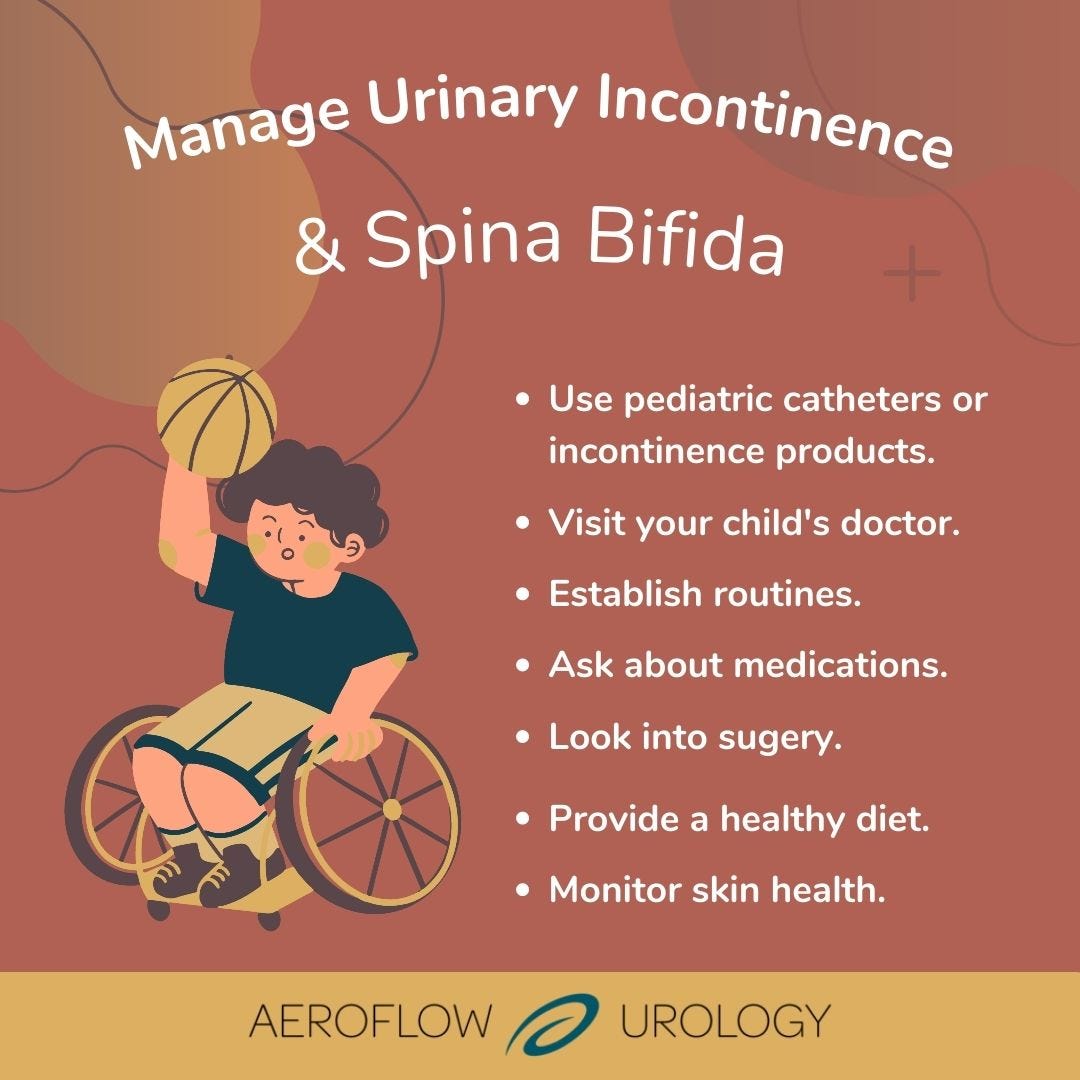

It may be difficult for some children with Spina bifida to use the bathroom due to mobility issues, but creating and sticking to a bathroom schedule may encourage your child to try to use the toilet if possible. Bathroom routines can also prevent accidents, and you can use the time you set aside to help your child catheterize.
4. Ask About Medications
If your child struggles with incontinence, you can speak with your healthcare provider about medications that alleviate incontinence. These medications, called anticholinergics, relax and lower high pressures in the bladder, lessening the severity of incontinence.
5. Look Into Surgery
Some surgeries may be recommended by your child’s urologist or healthcare provider if their incontinence symptoms don’t lessen with medication or the use of continence care products.
These surgeries may be bladder augmentation, indwelling catheterization, or a procedure that allows your child to empty their bladder through other ways than their urethra.
6. Provide a Healthy Diet
Your child needs healthy foods, such as fruits, vegetables, and whole grains, to keep their urinary system functioning to its best ability. In addition, you should incorporate plenty of fiber to keep things moving and make sure they are hydrated to flush out toxins and prevent UTIs and other infections.


7. Monitor Skin Health
Children with Spina bifida may not be able to feel injuries on their bodies, so ensure that if you’re using continence care products, you watch for skin abnormalities, such as rashes and lesions, around the groin and legs of your child. To avoid irritations like these, speak with one of Aeroflow Urology’s Continence Care experts to find incontinence products that are the perfect size for your child.
Get Continence Care Products Covered By Insurance
At Aeroflow Urology, we know that hospital visits and preventative care can be costly, especially when your child has a condition that needs to be monitored regularly. That’s why we offer continence care supplies, such as diapers, pediatric catheters, and other accessories, through insurance. Fill out our Eligibility Form today and save money on supplies.
If they qualify, we’ll send your products for free monthly in unmarked packaging.
CDC. (2020, September 1). What is Spina Bifida? | CDC. Centers for Disease Control and Prevention.https://www.cdc.gov/ncbddd/spinabifida/facts.html#:~:text=Spina%20bifida%20is%20a%20condition
Information provided on the Aeroflow Urology blog is not intended as a substitute for medical advice or care. Aeroflow recommends consulting your healthcare provider if you are experiencing medical issues relating to incontinence.




